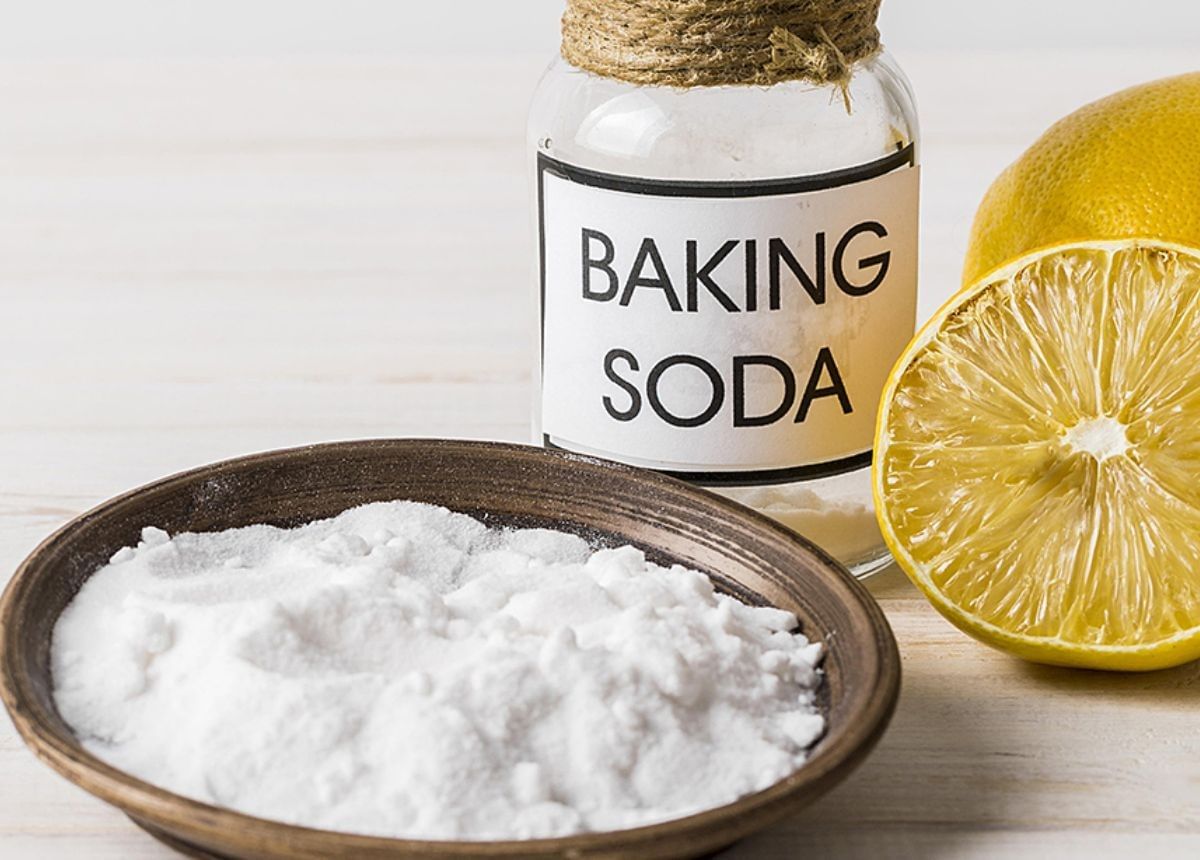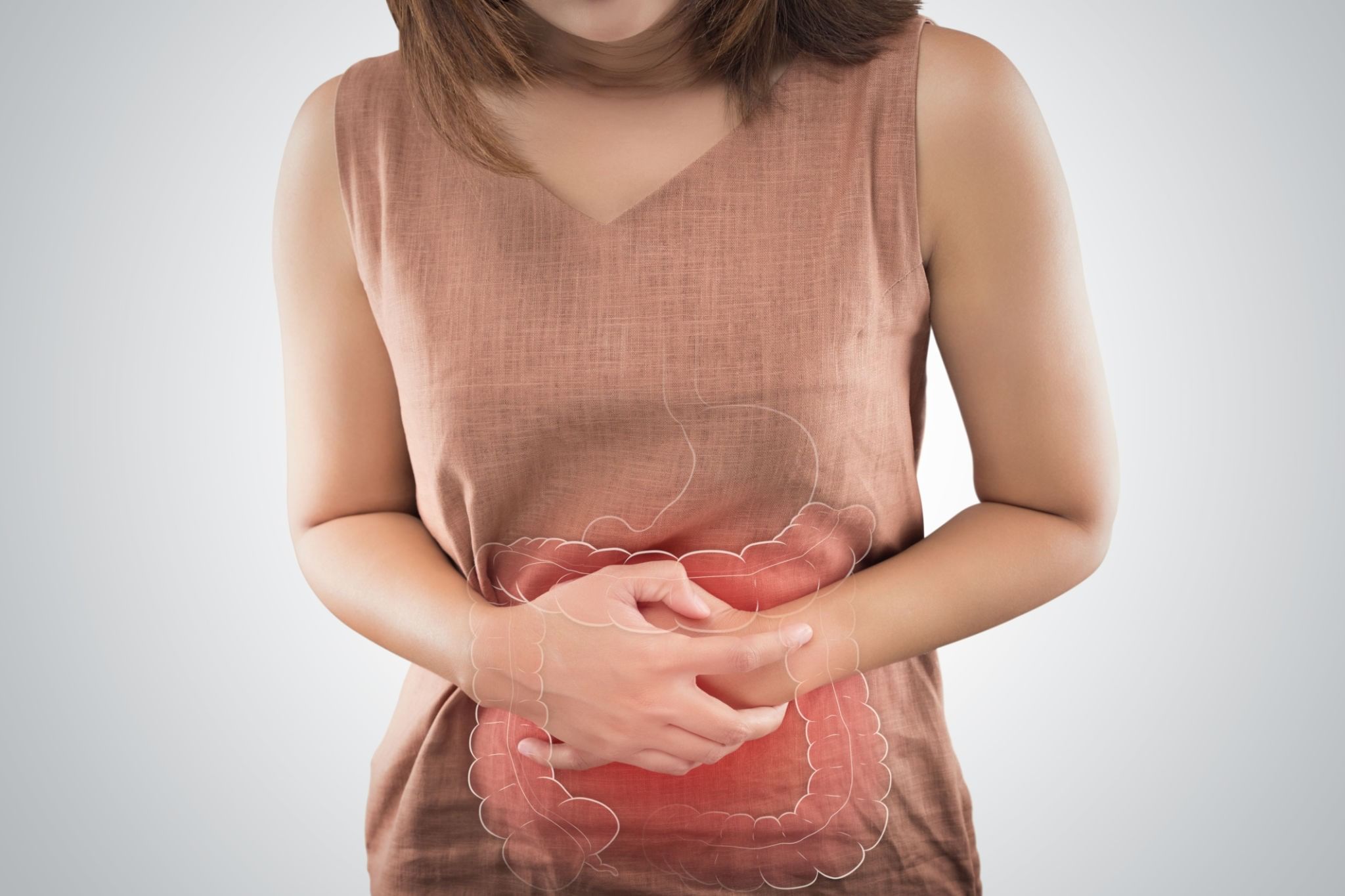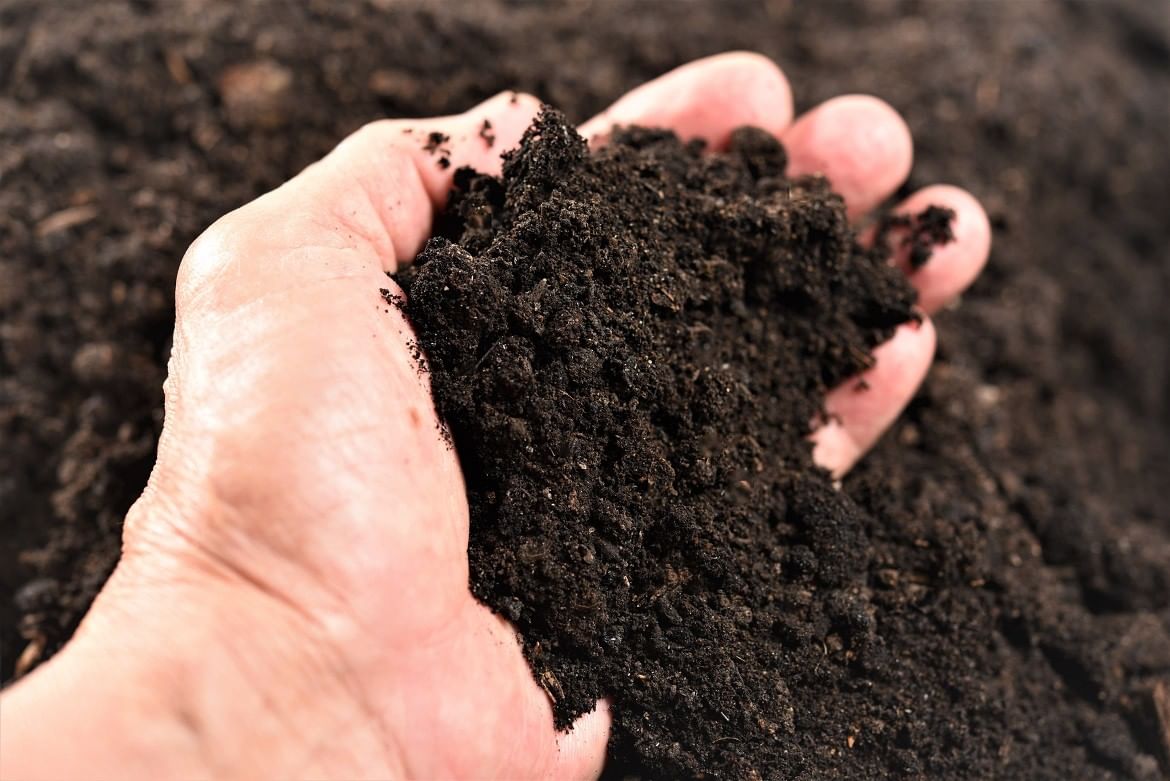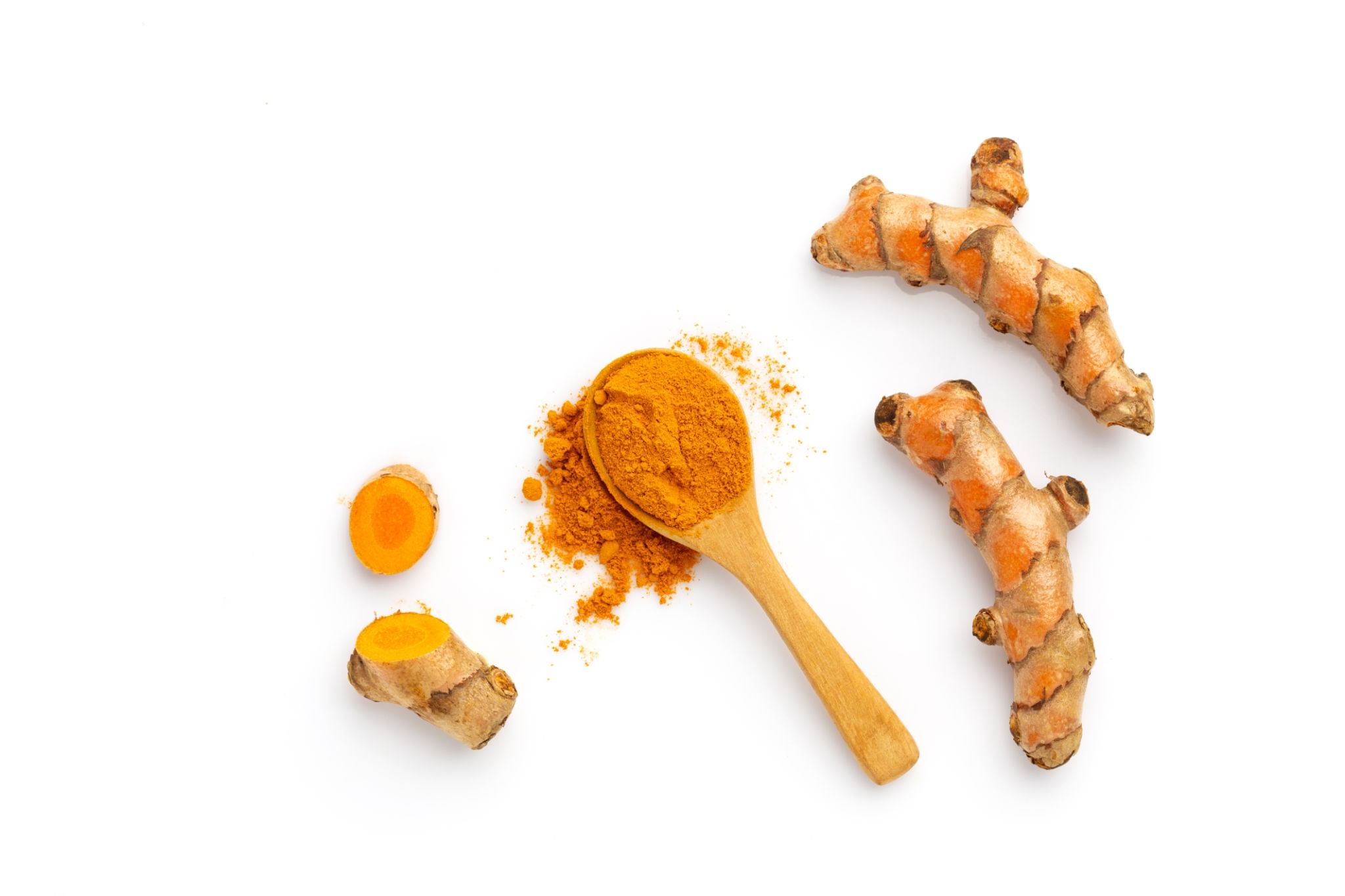Class 7 Science Chapter 2 HOTS Questions - Acids, Bases and Salts
Q1: Why does a turmeric stain on a white shirt turn to red when it is washed with soap?
Ans: The Turmeric stain on the white shirt is turned red when it is washed with soap because the soap solution is basic in nature.
Q2: Which acid is injected into our body by an ant sting that causes pain?
Ans: The acid is formic acid which is injected into the skin of a person when an ant bites.
Q3: Form a sentence using the following words: baking soda, ant bite, moist, effect, neutralised, rubbing.
Ans: The effect of an arft bite can be neutralised by rubbing moist baking soda.
Q4: While playing in a park, a child was stung by a wasp. Some elders suggested applying a paste of baking soda and others lemon juice as a remedy. Which remedy do you think is appropriate and why?
Ans: Wasp sting inject a liquid in the skin which is acidic in nature. Hence, baking soda is the appropriate remedy as it is basic in nature and neutralises the acid.
Q5: Paheli is suffering from indigestion due to acidity. Is it advisable to give her orange juice in this situation and why?
Ans: No, because orange juice is acidic in nature. Excess of acid in the stomach causes indigestion. We take an antacid such as milk of magnesia which contains magnesium hydroxide.
Q6: Paheli observed that most of the fish in the pond of her village were gradually dying. She also observed that the wastes of a factory in their village are flowing into the pond which probably caused the fish to die.
(a) Explain why the fish were dying?
(b) If the factory waste is acidic in nature, how can it be neutralised?
Ans:
(a) If the wastes of a factory flow into waterbodies, it can cause a threat to the lives of sea creatures and to anybody who drink the water. Since factory wastes may contain acids or bases and it can kill the fish.
(b) If the factory waste is acidic in nature, it can be neutralised by adding basic substances.
Q7: A farmer was unhappy because of his low crop yield. He discussed the problem with an agricultural scientist and realised that the soil of his field was either too acidic or too basic. What remedy would you suggest the farmer to neutralise the soil?
Ans: The reason for low crop yield in farmer’s fields was that the soil at a place is either too acidic or too basic. The soil may be acidic or basic naturally. The excessive use of fertilisers in the fields also makes the soil too acidic. When the soil is too acidic, it is treated with base such as quicklime (calcium oxide) or slaked lime (calcium hydroxide) which neutralises the excess acid present in the soil and reduces its acidic nature. If the soil is too basic, then decaying organic matter (called manure or compost) is added it. The decaying organic matter releases acid which neutralises the excess bases present in the soil and reduces its basic nature.
Q8: Boojho, Paheli and their friend Golu were provided with a test, each containing China rose solution which was pink in colour. Boojho added 2 drops of solution ‘A’ in his test tube and got dark pink colour. Paheli added 2 drops of solution ‘S’to her test tube and got green colour. Golu added 2 drops of solution ‘C but could not get any change in colour. Suggest the possible cause for the variation in their results.
Ans:
China rose (gudhal) is an acid-base indicator.
China rose solution in different mediums shows the following changes:
China rose + acid → Give dark pink colour, hence A is an acidic solution.
China rose + base → gives a green colour, hence 6 is a basic solution.
China rose + neutral → No change in colour, hence C is a neutral solution.
Q9: Look at the given reaction.
Hydrochloric acid + Sodium hydroxide (base) → Sodium chloride (salt) + Water
Sodium chloride formed in this reaction remains in solution form. Can we get solid sodium chloride from this solution? Suggest a method (if any).
Ans: We can get solid sodium chloride by evaporation method. Evaporation is the process by which water changes from a liquid to a gas or vapour.
Rate of evaporation increases with temperature.
Q10: The correct way of making a solution of acid in water is to
(a) add water to acid
(b) add acid to water
(c) mix acid and water simultaneously
(d) add water to acid in a shallow container
Ans: (b) add acid to water
Adding acid to water is safe because it allows the heat generated to be absorbed by the larger volume of water, reducing the risk of splashing or explosion.
Q11: Phenolphthalein is a synthetic indicator and its colours in acidic and basic solutions respectively are
(a) red and blue
(b) blue and red
(c) pink and colourless
(d) colourless and pink
Ans: (d) colourless and pink
Phenolphthalein remains colourless in acidic solutions and turns pink in basic solutions.
Q12: When the soil is too basic, plants do not grow well in it. To improve its quality, what must be added to the soil?
(a) Organic matter
(b) Quicklime
(c) Slaked lime
(d) Calamine solution
Ans: (a) Organic matter
Organic matter releases acids during decomposition, which help neutralise the excess base in the soil.
Q13: Neutralisation reaction is a
(a) physical and reversible change
(b) physical change that cannot be reversed
(c) chemical and reversible change
(d) chemical change that cannot be reversed
Ans: (d) chemical change that cannot be reversed
Neutralisation involves a chemical reaction between an acid and a base to form salt and water. It is a permanent chemical change.
Q14: Which of the following is an acid-base indicator?
(a) Vinegar
(b) Lime water
(c) Turmeric
(d) Baking soda
Ans: (c) Turmeric
Turmeric is a natural indicator that turns red in basic solutions and remains yellow in acidic or neutral solutions.
Q15: Fill in the Blanks
(i) Lemon juice and vinegar taste ______ because they contain________
Ans: sour, acids
Acids give a sour taste to substances.
(ii) When an acidic solution is mixed with a basic solution, they _______ each other forming _______ and water.
Ans: neutralise, salt
This is a neutralisation reaction between an acid and a base.
Q16: True/False
(i) All substances are either acidic or basic.
(ii) Lime water turns red litmus blue.
Ans:
(i) False – Substances can also be neutral (like water).
(ii) True – Lime water is basic and turns red litmus blue, indicating a base.
Q17: Is it advisable to drink lemonade during indigestion? Why?
Ans: No it is not advisable to drink lemonade during indigestion because it is acidic in nature. Too much acidity in stomach causes indigestion. Drinking lemonade may worsen the condition.
Q18: Shweta took a little sodium hydroxide in a beaker and dipped a red litmus paper into it. She observed red litmus paper turned blue. She took dilute hydrochloric acid in the same beaker and dipped a blue litmus paper into it. The blue litmus paper did not turn red. Why?
Ans: Shweta took dilute hydrochloric acid in the same beaker containing sodium hydroxide solution. Mixing of base into acid forms salt which is neutral and does not change colour of either blue or red litmus paper.
Q19: Why is litmus better natural indicator than other natural indicators?
Ans: Litmus give wide range of colour change from weak acid to strong acid and from weak base to strong base. Other natural indicator, on the other hand, do not show a wide colour change.
Q20:In a reaction given below, how can we get solid sodium chloride from its solution?
Hydrochloric acid + Sodium hydroxide ➝ Sodium chloride + Water
Ans: Through the process of evaporation we can get solid sodium chloride from its solution. We must evaporate the water in a container over a burner until all the water from the mixture evaporates.
Q21: If we add dilute sulphuric acid to lime water, what will happen to the reaction mixture?
Ans: The reaction mixture will become hot due to neutralisation reaction between sulphuric acid and lime water.
|
111 videos|286 docs|28 tests
|
FAQs on Class 7 Science Chapter 2 HOTS Questions - Acids, Bases and Salts
| 1. What are the properties of acids and bases? |  |
| 2. How do acids and bases interact in a neutralization reaction? |  |
| 3. What is the pH scale, and how does it relate to acids and bases? |  |
| 4. Can you give examples of common acids, bases, and salts? |  |
| 5. What are the safety precautions when handling acids and bases? |  |



















